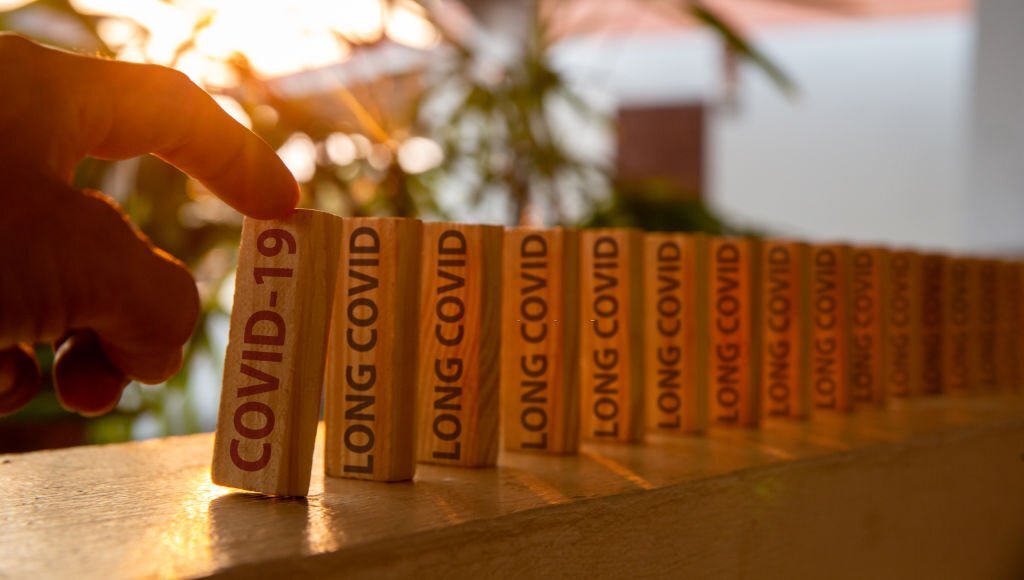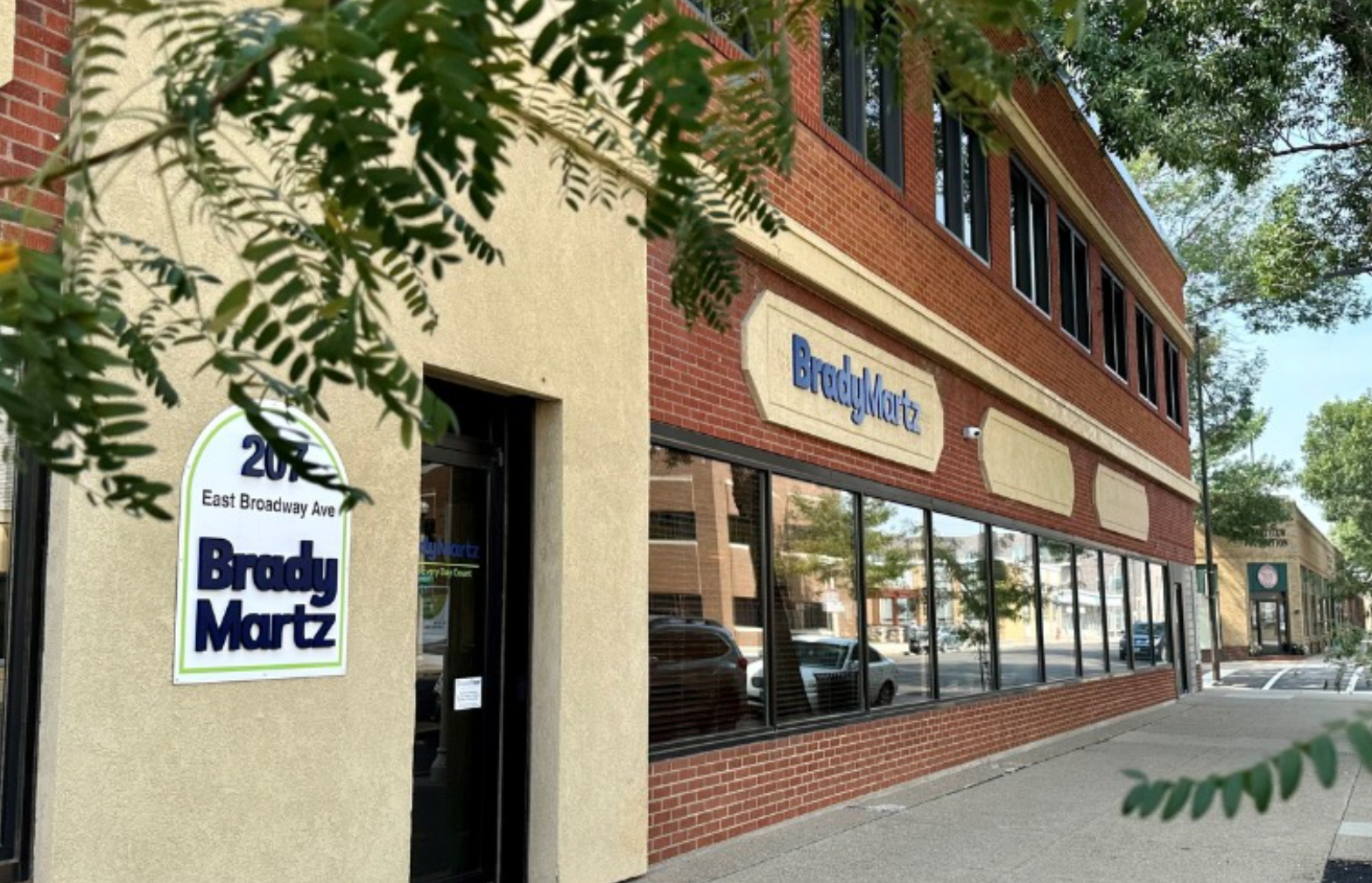By Luis Fieldman, masslive.com (TNS)
For the past two years business owners and economy experts have searched for the answer to the question, where are all the workers? A report about the economic impacts of long COVID, or the long-term effects of someone who got sick from COVID, might offer some clues.
Experts and laymen have drawn conclusions about what’s been labelled the national labor shortage.
Some said it’s a lack of jobs with adequate pay. Some said people don’t want to work after $1,200 stimulus checks and generous unemployment during the pandemic two years ago.
Some see workers resigning from their fields and entering new ones; people are searching for jobs that offer work from home benefits; childcare issues due to limited availability at daycares have forced people out of working; and some people want to freelance more and be their own bosses.
The labor shortage is a complicated issue, but a report by a non-profit based in Washington, D.C., called The Brookings Institution, offers its take on the question: long COVID could potentially account for somewhere between 2 million and 4 million people out of work.
Even with a surge in hiring last month—when the U.S. economy created 528,000 new jobs—and with a shrinking unemployment rate—down to 3.5%—there is one factor that does not get mentioned often during the workforce shortage conversation and that is long COVID.
The Center for Disease Control and Prevention define long COVID as including a wide range of ongoing health problems that can last weeks, months, or years. Even for people who experienced a mild COVID infection, long COVID symptoms can develop, not just people who experienced a severe COVID illness.
People with long COVID can develop general symptoms such as tiredness or fatigue that prevents people from living their ordinary lives. Symptoms can get worse after physical or mental efforts, the CDC said.
Other symptoms can include difficulty breathing or shortness of breath, a cough, chest pains, and heart palpitations. Some refer to neurological symptoms as “brain fog,” and it happens when individuals have difficulty thinking or concentrating. There are more symptoms on the CDC’s website, found here.
What does long COVID have to do with the economy?
In June, the Census Bureau added four questions to its Household Pulse Survey, giving researchers a better understanding of the condition’s prevalence.
The survey found that around 16 million working-age Americans (18 to 65) have long COVID today. Using data from the survey, the Brookings Institute found that the annual cost of those lost wages of the out-of-work, long COVID Americans is around $170 billion a year. The survey also found that 2 to 4 million Americans are out of work due to long COVID.
“Mild symptoms, employer accommodations, or significant financial need can all keep people with long Covid employed,” wrote the report’s author Katie Bach. “But in many cases, long COVID impacts work.”
A study by the Federal Reserve Bank of Minneapolis found that 25.9% of people with long COVID have had their work “impacted,” meaning they were either out of work or working reduced hours.
Using data from three different sources, Bach estimates that “work reductions gives us 2 million, 3 million, and 4 million full-time equivalent workers out of the labor work force due to long COVID … the midpoints of this range—3 million full-time equivalent workers—is 1.8% of the entire U.S. civilian workforce.”
The unemployment rate, determined by the U.S. Bureau of Labor Statistics, is based on the number of people who are unemployed but actively looking for work.
Bach said it’s hard to determine what percentage of the unemployment rate has been impacted by long COVID.
“What I don’t know about the people not working due to long COVID is: did they drop out of the workforce completely? I.e. are they not looking for work at all because they’re too sick?” Bach said in a statement to MassLive. “Or are they not working, but perhaps still looking for a job that could accommodate them?”
What she determined through various studies, however, is that nearly 1.8% of the U.S. workforce, which is the equivalent of 3 million full-time workers, has been impacted in one way or another by the effects of long COVID.
“This may sound unbelievably high, but it is not inconsistent with the experiences of comparable economies,” Bach wrote.
She cited the Bank of England as recently stating that labor force participation dropped by around 1.3% across the entire 16- to 64-year-old population, and that the majority of that impacts is from the rise in long-term sickness, where long COVID is suspected. She also cited another report where one-quarter of U.K. companies cite long COVID as one of the main causes of long-term staff absence.
___
©2022 Advance Local Media LLC. Visit masslive.com. Distributed by Tribune Content Agency LLC.
Thanks for reading CPA Practice Advisor!
Subscribe Already registered? Log In
Need more information? Read the FAQs
Tags: Benefits, Firm Management, Small Business




